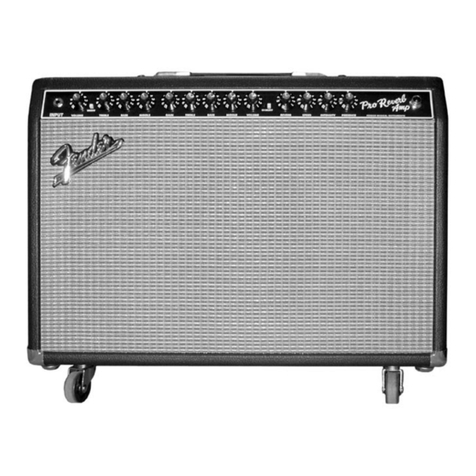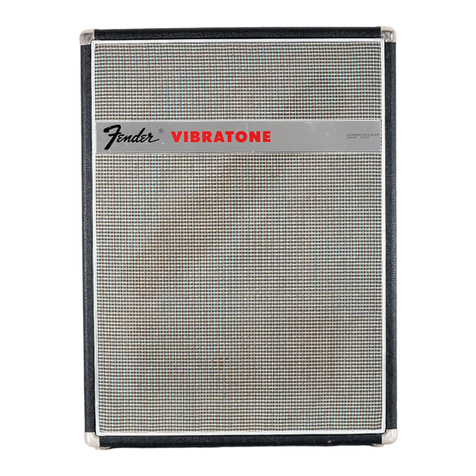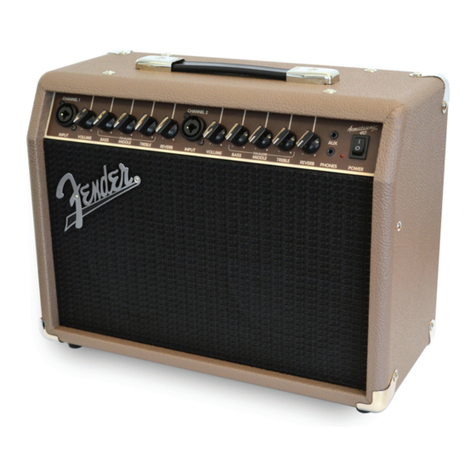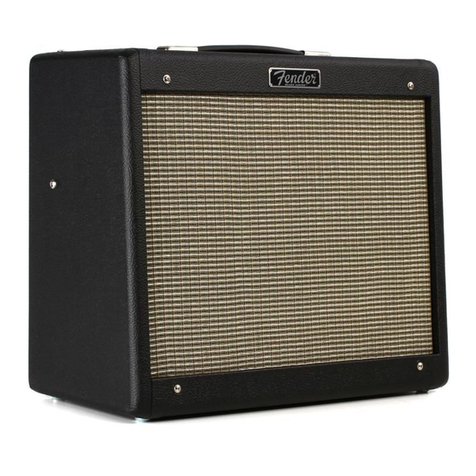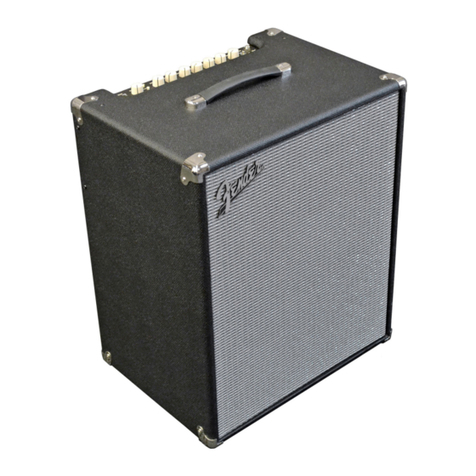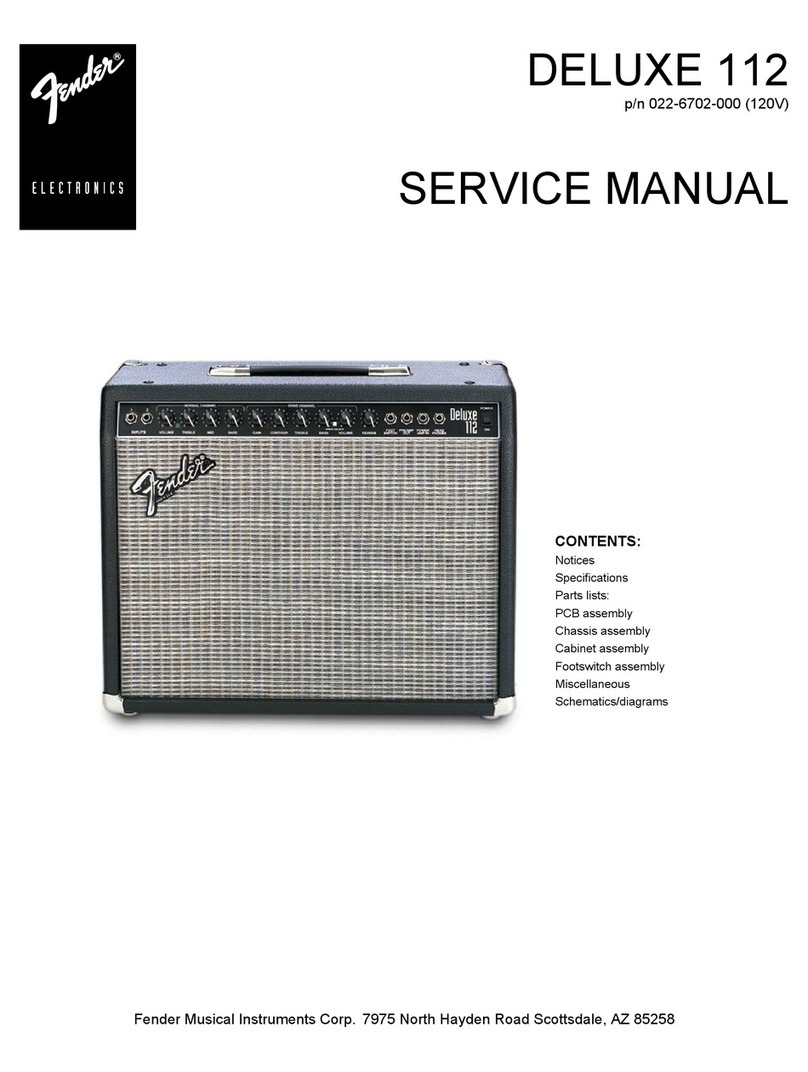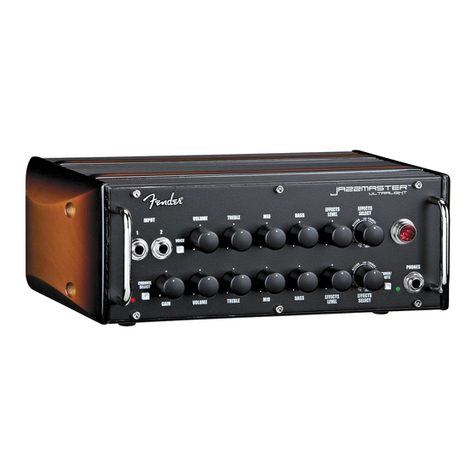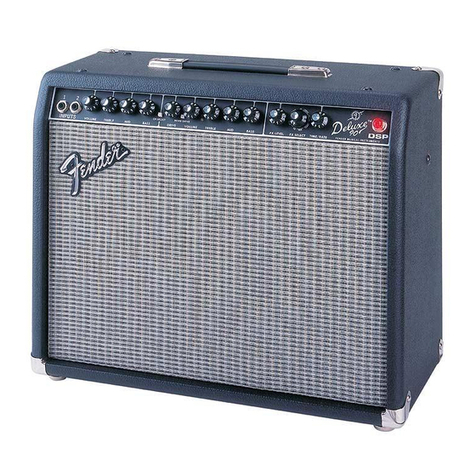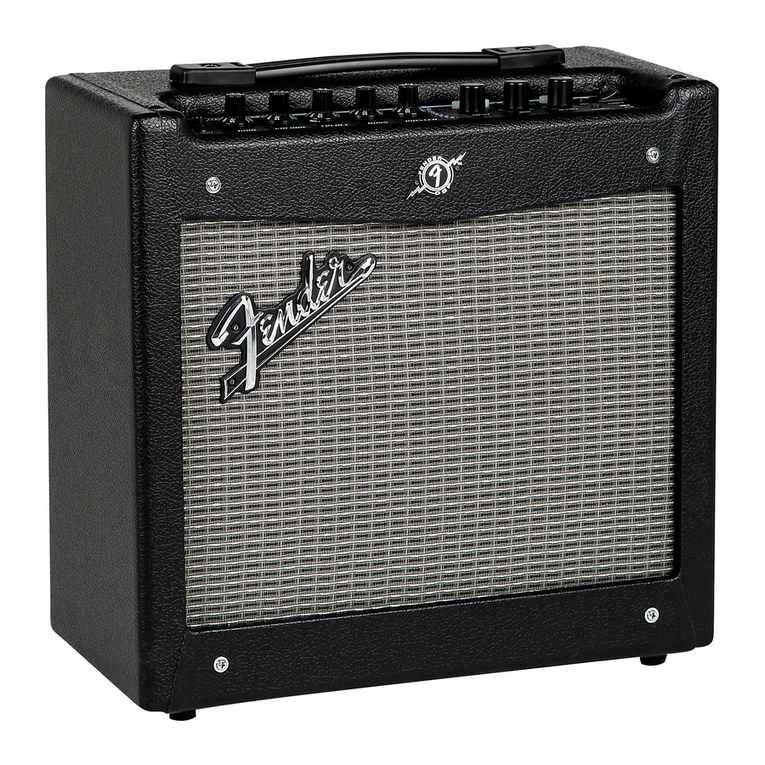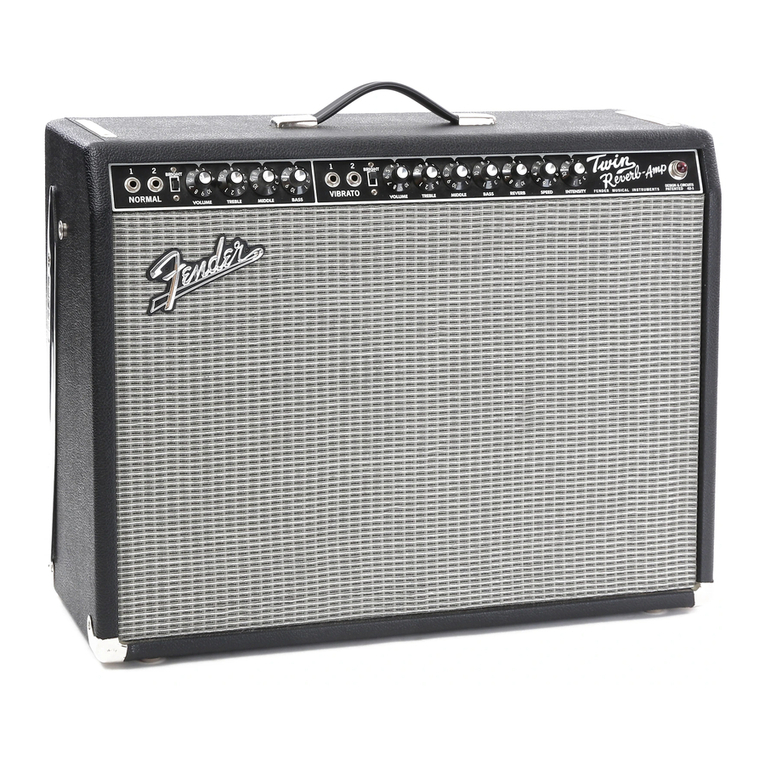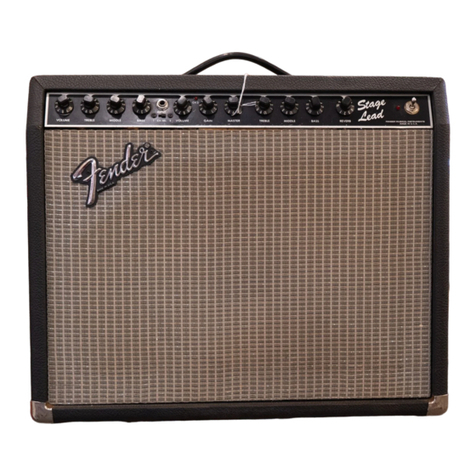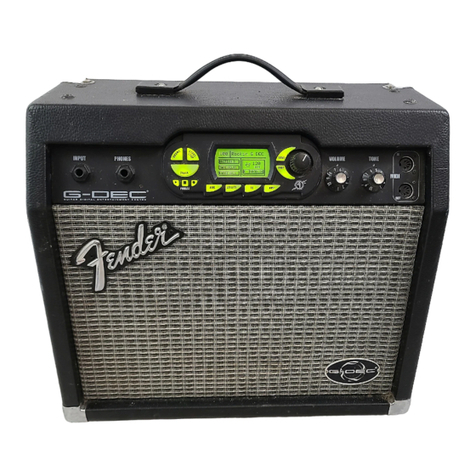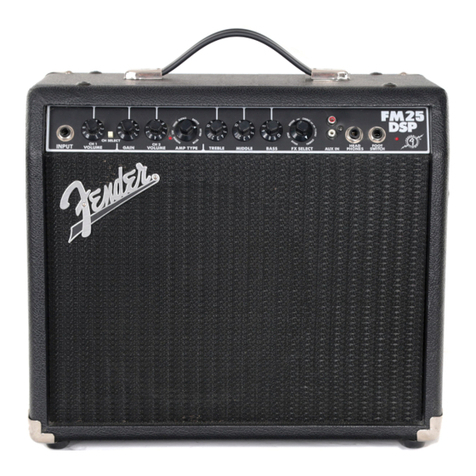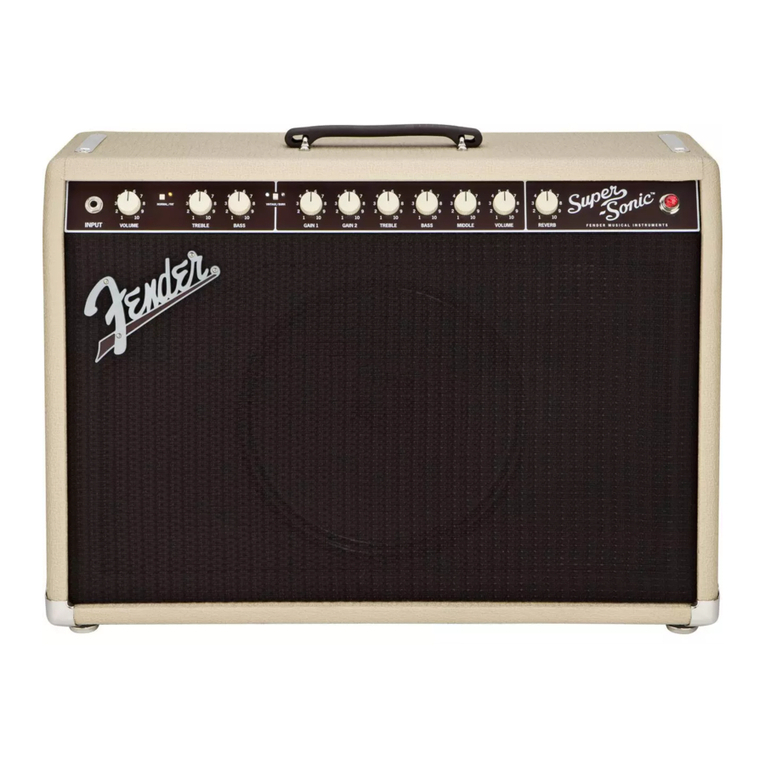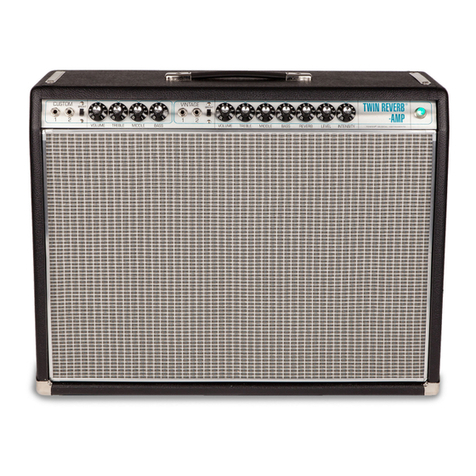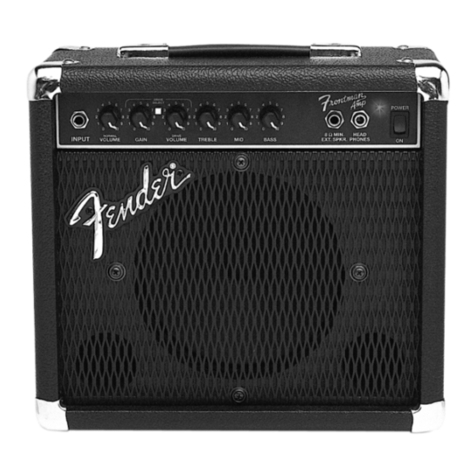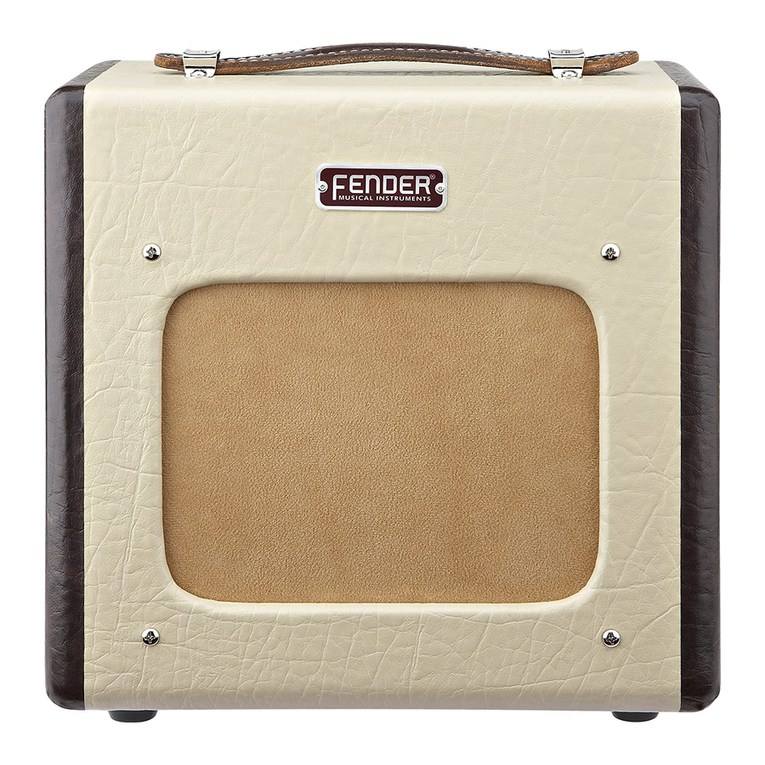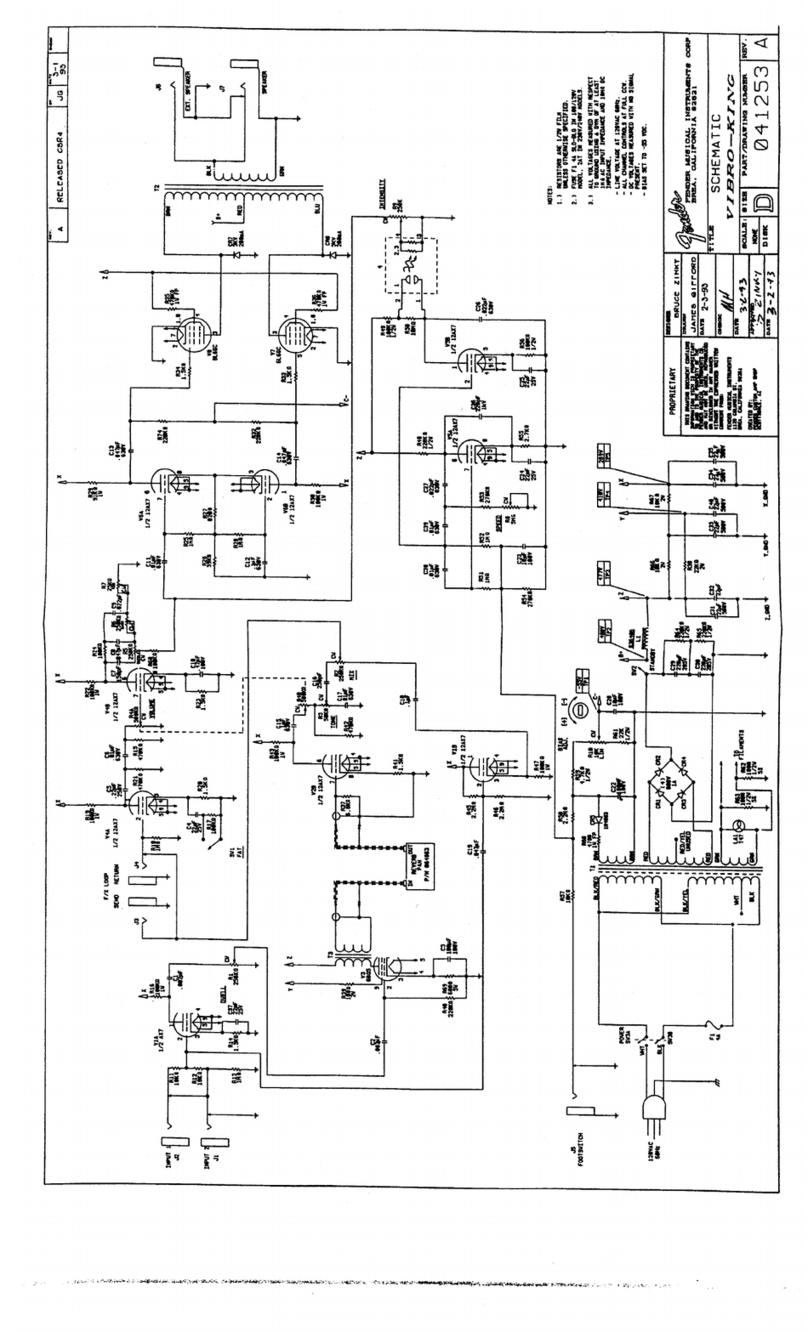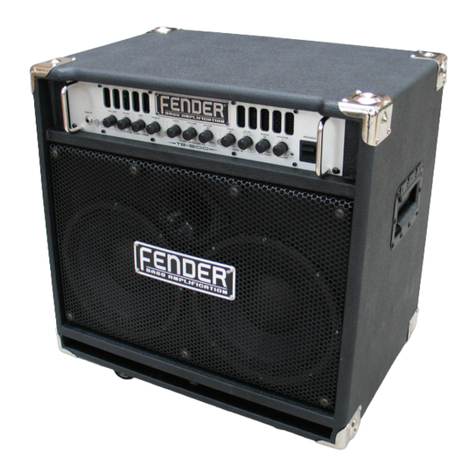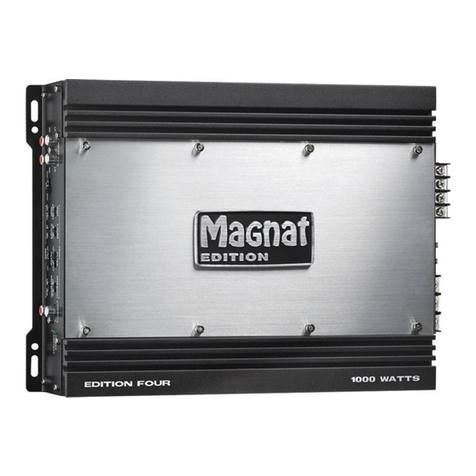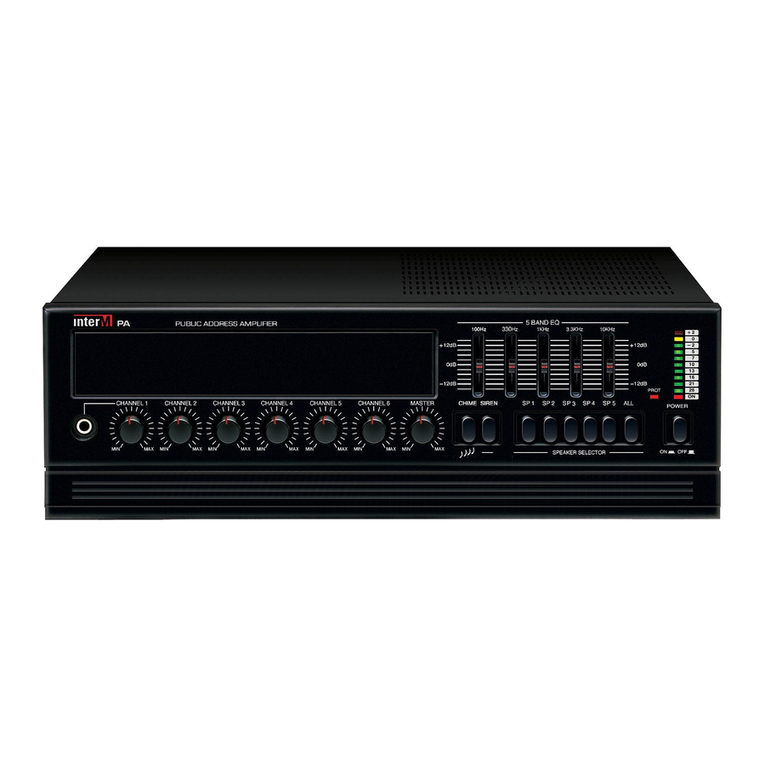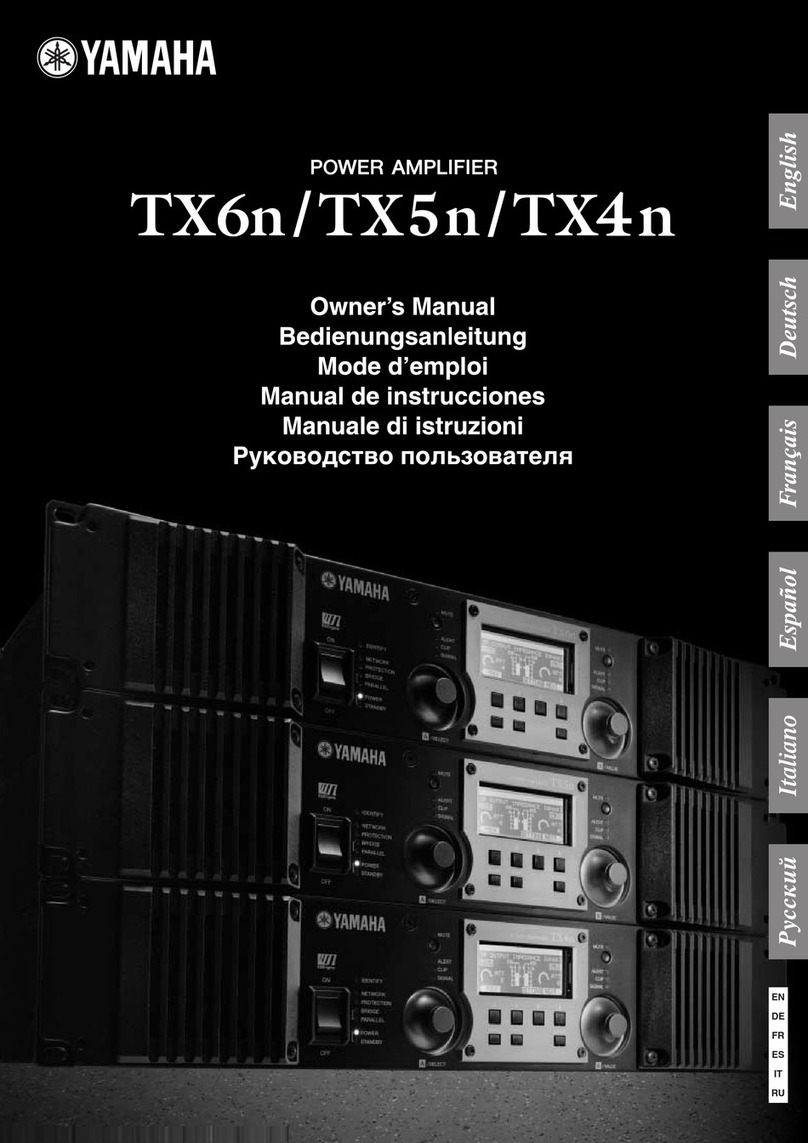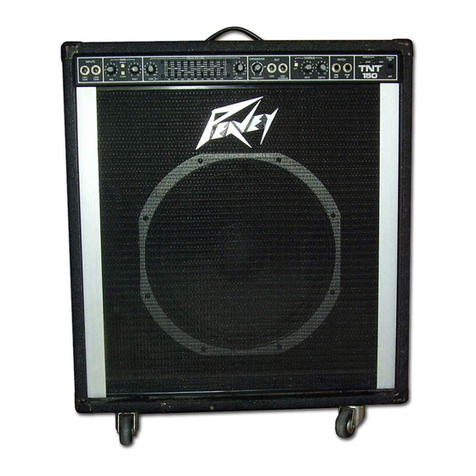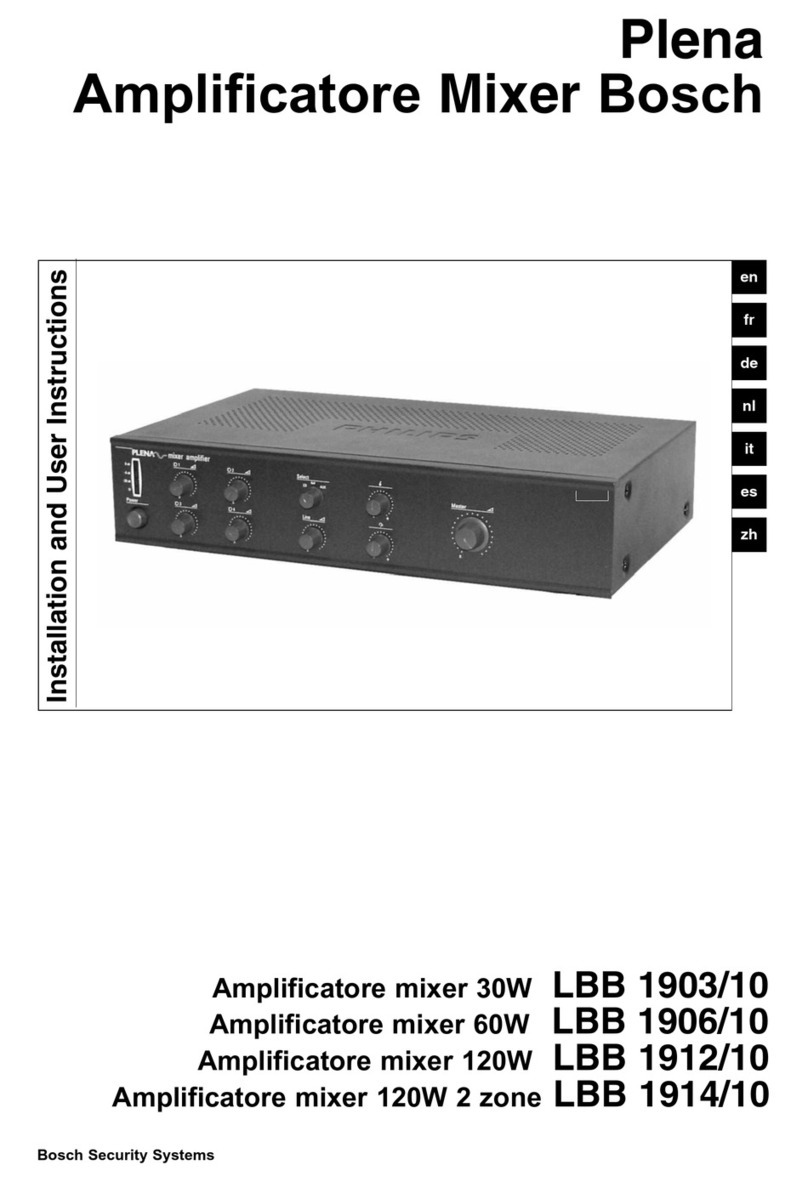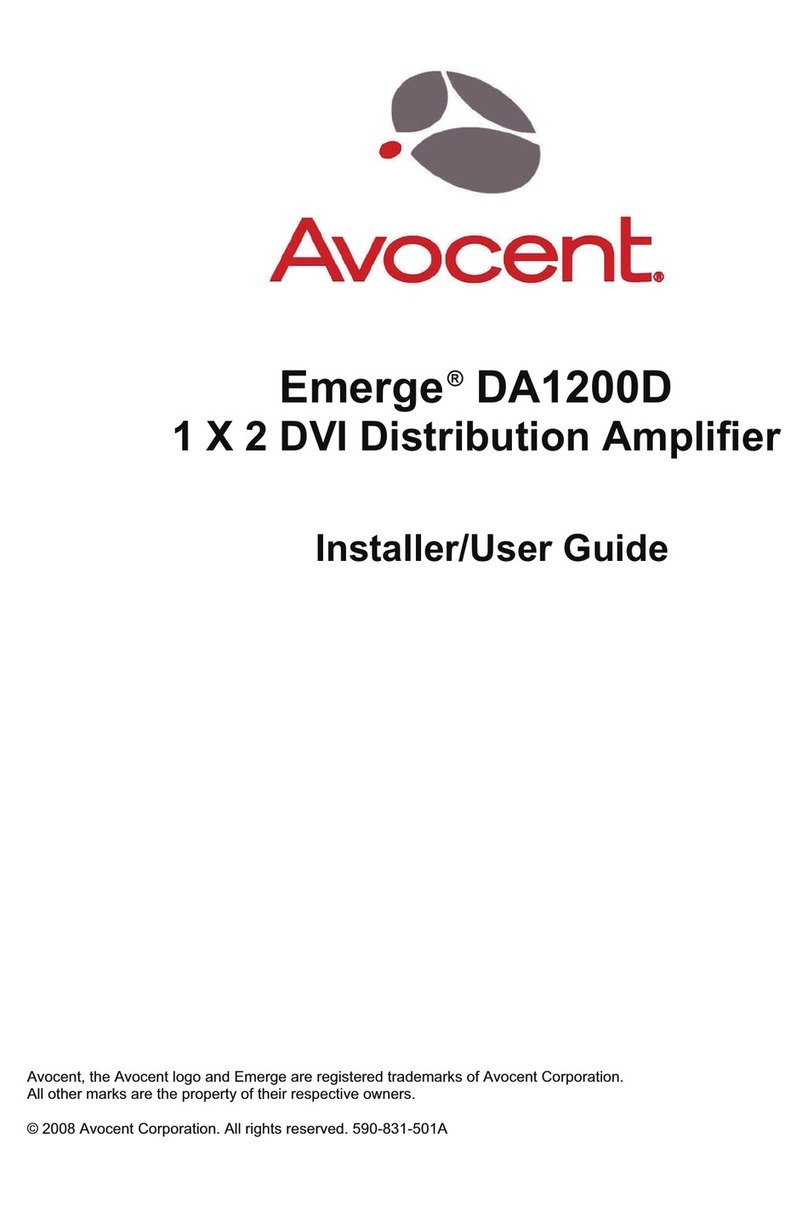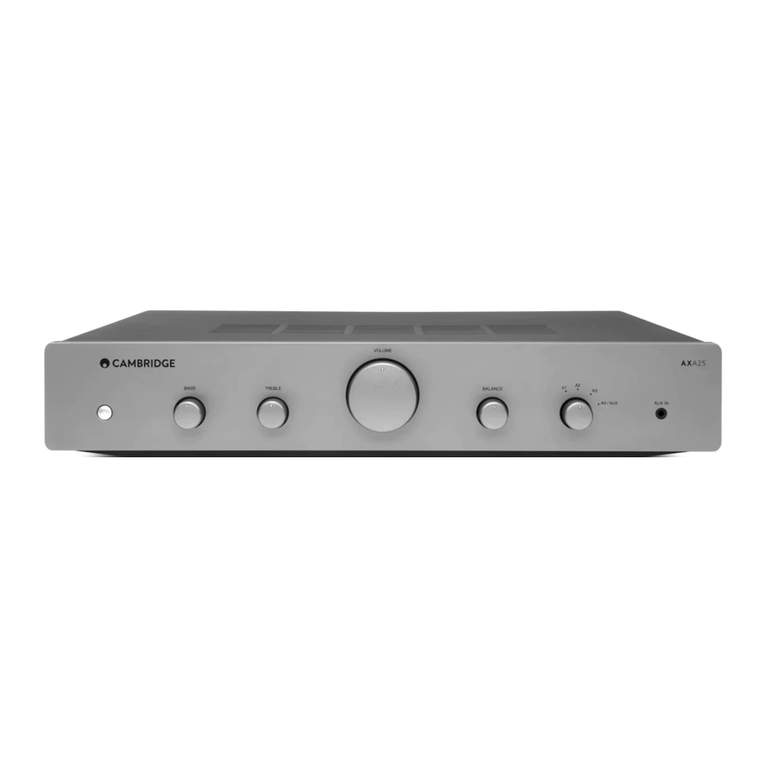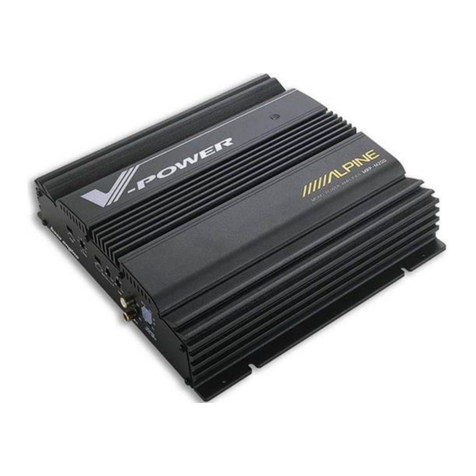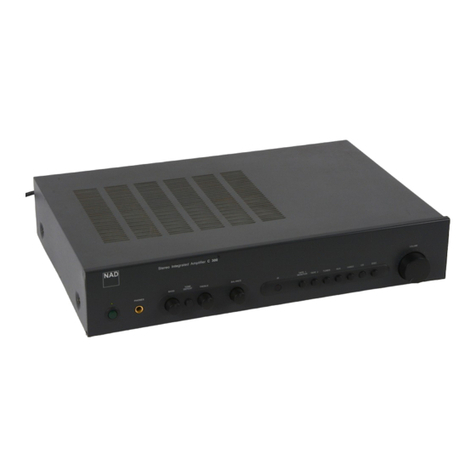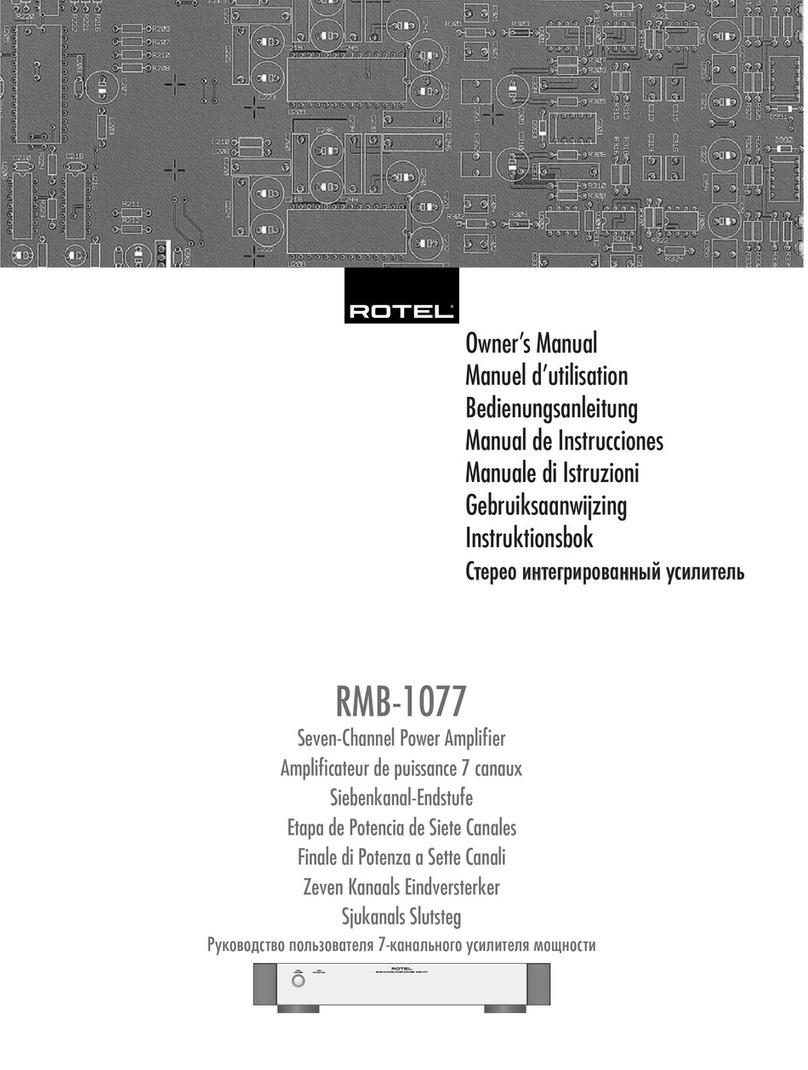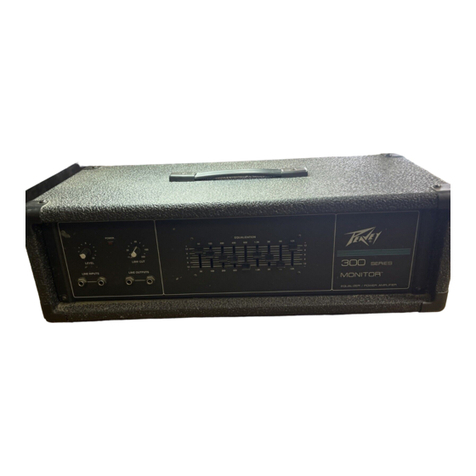©2005 FMIC
The Trademarks referenced herein, not owned by FMIC, are trademarks owned by their respective owners.
All rights reserved.
Fender®G-DEC®, G-DEC®30 and B-DEC™30 MIDI Operations
Fender’s Guitar Digital Entertainment Center (G-DEC and G-DEC30) and Bass Digital Entertainment
Center (B-DEC30) can communicate with computers or other DECs via a MIDI (Musical Instrument
Digital Interface) connection. This document contains “how to” information for the following topics:
1. Play MIDI files from a computer
2. Save custom presets to a computer
3. Edit / Load custom presets from a computer
4. Transfer MIDI songs from a computer (G-DEC30/B-DEC30)
5. Transfer software updates from a computer
6. Copy internal MIDI loops to a computer
7. For programmers – Fender MIDI dump file format
Most of this document is designed to help those with little or no MIDI experience. The last section is for
experienced program developers who would like to write custom applications for G-DEC, G-DEC30 or B-
DEC30.
An experienced MIDI/computer music composer will find most of this document familiar, even boring. A
novice might find the document confusing. If you consider yourself a MIDI novice, then please take a deep
breath and then dive in. The results are worth the effort.
PC System types
Examples are shown below for a few specific system types. The following document has information for
both PC and MAC users. The PC examples assume Windows XP operating software. If you are using a
different OS, don’t worry; most OS’s offer similar functionality. If you are using a different sound card or
MIDI to USB adapter, you will need to adjust to your specific needs. The steps are roughly the same for
most systems.
MAC System types
Every Macintosh has the ability to play MIDI files, but you will need a third party interface device and
additional software. This procedure assumes your Macintosh is running Mac OS X, 10.2 or later.
MAC OS 9.2.2 Considerations
If you are using Mac OS 9.2.2, you must have Opcode OMS 2.3.8 installed before using an external MIDI
device. This software package will most likely be freely available from the MIDI to USB converter device
manufacturer if Mac OS 9 is supported by your MIDI device. Follow instructions provided within the OMS
software setup procedure and device installation procedures in the device owner’s manual. If you are using
any version of Mac OS X, then this step is not required.
The applications shown here in this tutorial may not be available for Mac OS 9, but the procedure should
be very similar. The biggest exception is that in Mac Os 9.2.2, the OMS software controls the MIDI ports
system wide for all applications. So, you will have to set up external devices like the UNO in OMS as
opposed to within the applications themselves. In Mac OS X, the MIDI configurations are left to the
individual applications.

